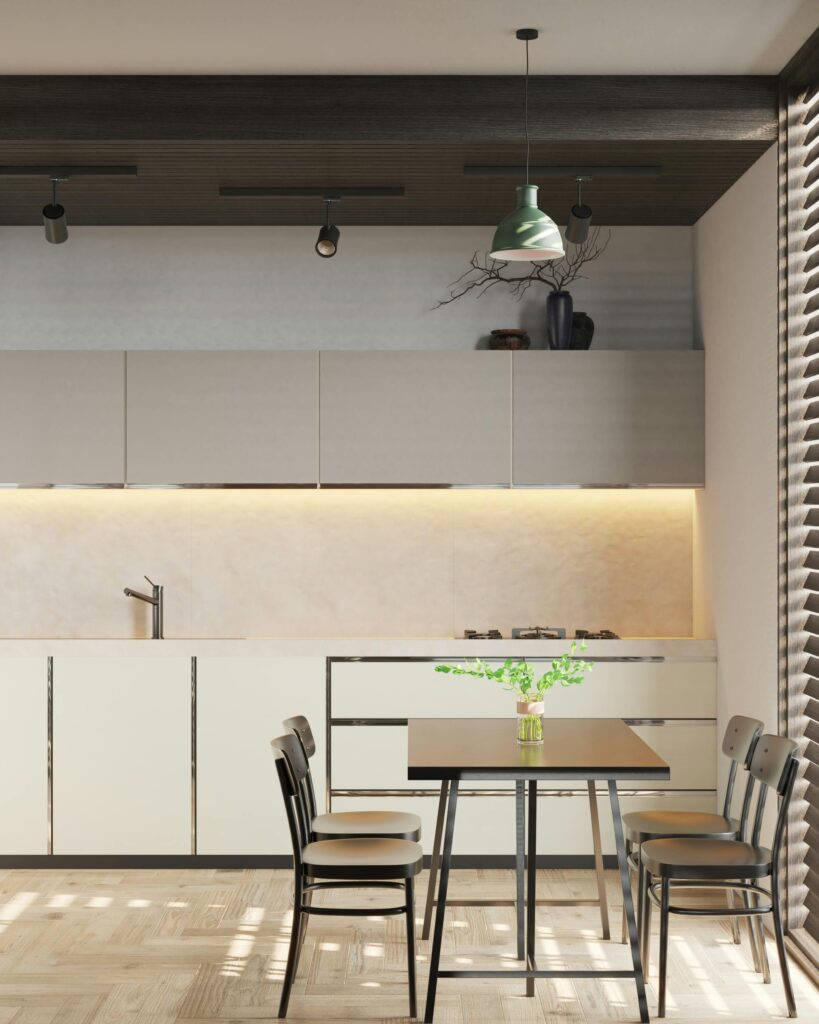If you’re an interior designer, being active on social media is essential to promote your business.
Social media allows you to reach a wide audience naturally, forge strong connections with fans and followers, and even convert some into actual clients.
However, if you’re not sure where to start, navigating social media can feel overwhelming and like a lot of effort with little payoff.
In this blog post, we will look at five things that you, as an interior designer, can do to be successful on social media. The post covers social media in general and most of what we will delve into applies to platforms like Facebook, Pinterest, TikTok, or other major social media sites.
If you’re interested in strategies tailored specifically for Instagram, you might want to check out this other post instead.
Disclaimer: This blog post may contain affiliate links and we may earn a small commission when you click on the links or purchase paid products at no additional cost to you. We only recommend products and software we truly believe to be helpful for your business.
Why should interior designers even be on social media?
If you’re looking to showcase your work, connect with other professionals in your industry, and spread the word about your design services, social media provides an unparalleled platform to do so.
Visual-centric platforms like Instagram, Pinterest, and Facebook are perfect for showcasing completed projects, serving as a portfolio that can be easily accessed by anyone, anywhere.
Beyond attracting potential clients, they allow for direct interaction with your audience, fostering relationships and building trust. Sharing behind-the-scenes glimpses, design tips, and industry insights not only keeps followers engaged but also helps to build a loyal community.
Plus, engaging with followers through comments, direct messages, and live sessions allows you to understand their needs, preferences, and pain points better.

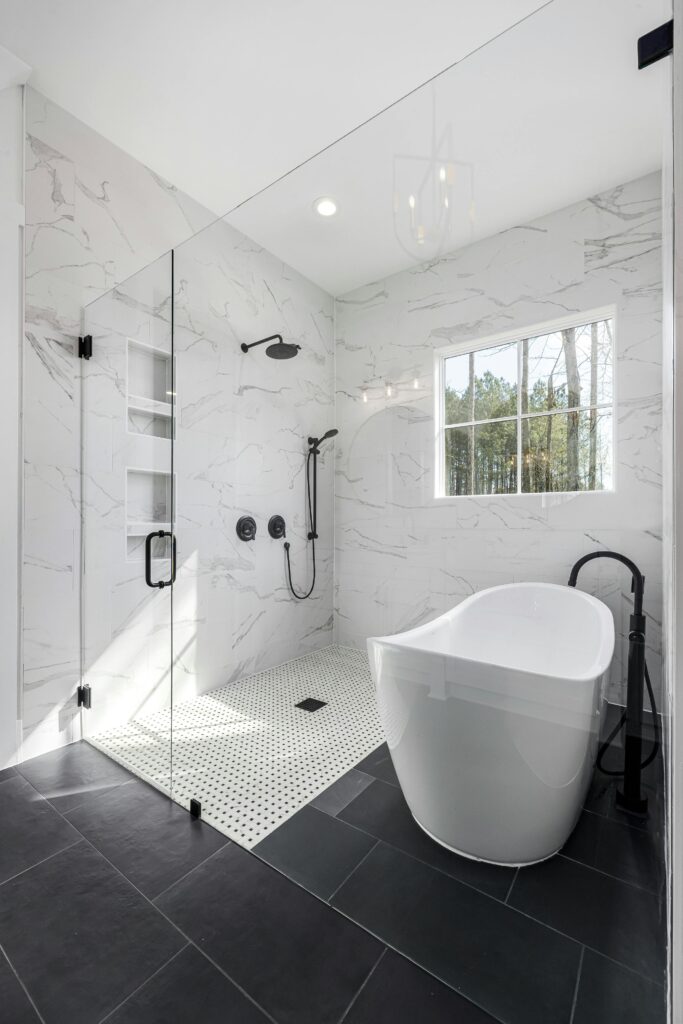
Ultimately, being present on social media isn’t just about visibility—it’s about leveraging these platforms strategically to build credibility, foster community, and drive meaningful connections that can lead to getting new clients for your interior design business.
So, how can you achieve these goals without hiring a social media manager? It starts with focusing on platforms that resonate most with your audience.
Focus on platforms that matter to your ideal client (instead of trying to be everywhere)
While being active across multiple platforms increases your potential reach, each one requires its own tailored strategy, time commitment, and resources to yield results.
For example, if your ideal clients are likely to be on Instagram searching for a residential designer, focusing your efforts on LinkedIn could be a waste of time.
Zooming in on just one platform allows you to concentrate deeply and quickly develop expertise in how to effectively engage with your audience. For example, engagement is crucial on Instagram and in Facebook groups, whereas Pinterest, as your primary platform, requires a focus on creating eye-catching graphics, pinning new graphics regularly, and participating in group boards to expand your visibility.
When deciding which platform is right for you, consider where your ideal client spends their time and what type of content they are most likely to engage with.
Once you’ve identified the best platform for your audience, you can focus on strategies that attract new clients, whether it’s creating graphics, sharing informative posts, or engaging directly with your followers.
Share interior design content that your target audience is actually interested in, not just what you think is relevant
Choosing the right platform is just the beginning. Understanding what type of content resonates with your ideal client is essential for getting their attention and building trust.
For instance, if you specialize in short-term rental styling and frequently post about kitchen renovations, you might receive likes, but it’s unlikely to translate into client conversions because your audience isn’t seeking that specific service.
Similarly, if you’re a virtual designer and your Pinterest profile is filled with recipes, it may attract some engagement, but it doesn’t align with what potential clients are looking for or how you want your brand to be perceived.
If you’re struggling with content ideas that speak directly to your ideal client, using client personas can help you narrow down the topics and themes that are relevant and align with your audience’s interests and needs.
Plan content ahead and use the right social media management tools
Let’s say you’ve already identified which social media platforms your ideal clients prefer and what type of content resonates best with them.
However, posting consistently—whether daily, weekly, or on another schedule—can be time-consuming. Creating content, writing captions, and scheduling posts at optimal times for maximum reach can be overwhelming if you’re not a full-time social media pro.
But does this mean you should hire someone to manage your social media? Not necessarily. With the right tools and a planning mindset, it is possible to handle your social media presence without dedicating all your time to it.
There’s a wealth of tools and apps available for each social media platform, so it may require some research to find what suits your needs best. For example, Tailwind is excellent for bulk-creating Pinterest graphics and scheduling them automatically—an ideal choice for those using Pinterest to attract client leads.
If you’re active on both Instagram and Facebook, the Facebook Creator Studio can be an ideal choice to manage your content on both platforms, including posting within your Facebook group.
For creating various graphics and videos, Canva is a great and versatile tool with features like bulk creation and resizing to fit different platforms.
Automation tools like Manychat or SendPulse can be ideal for engaging with followers on Instagram or Facebook directly, whether to send a DM with a link to your freebie or an automated response to inquiries about your interior design services. Then, there are also tools for tasks such as hashtag research, monitoring analytics, and editing videos, among others.
There’s no shortage of apps and tools to assist you in managing your social media presence. However, the key is selecting tools that suit your needs and learning how to use them effectively.



Have a conversion strategy tailored to the platform(s) you are on
This ties into the earlier point about crafting content that resonates with your ideal audience. For instance, if you want to reach Airbnb owners interested in boosting their rental income through interior design, you might create Pinterest pins with compelling text overlays that drive traffic to your website.
Once they land on your site, you can offer a lead magnet that delivers added value, offering deeper insights into your services for those interested in taking the next step.
Your lead magnet should give potential clients a glimpse into the value of your services and showcase the breadth of your design expertise. That said, try to be strategic with your lead magnets and other free resources – provide enough valuable insights to pique interest without giving away everything upfront.
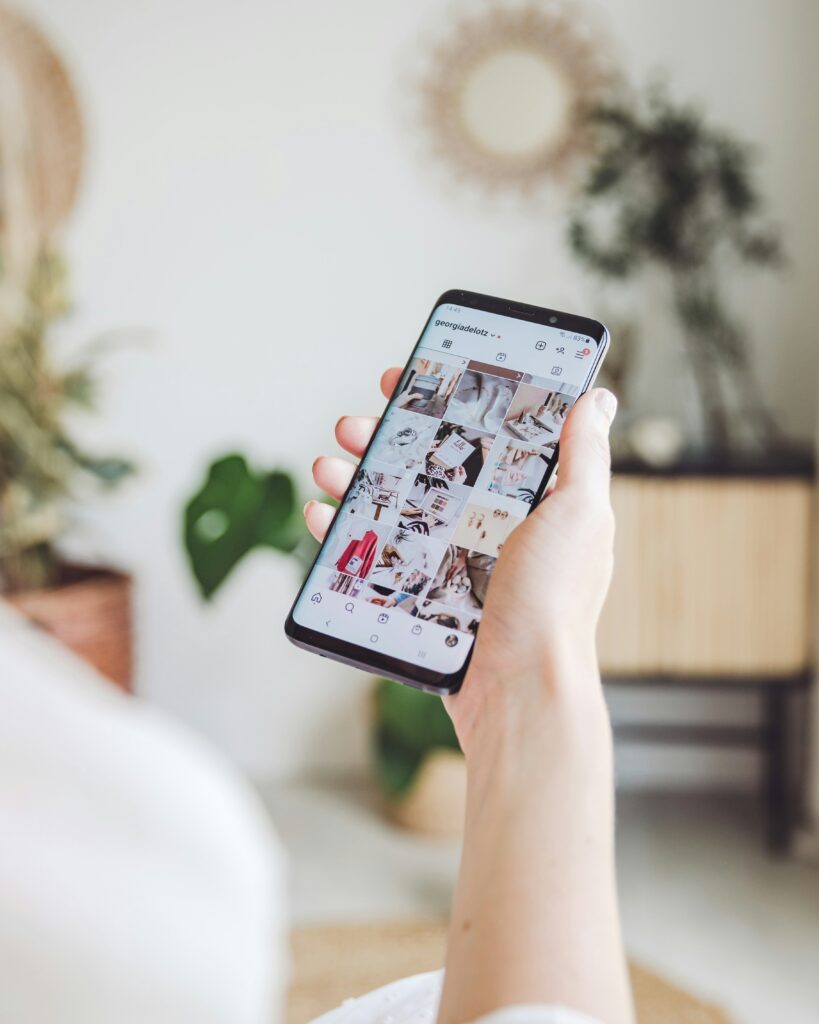

On platforms like Instagram, you can include a link to your lead magnet in your bio or use automation software like Manychat or Sendpulse to send sign-up forms to those who DM you.
Each social media platform requires a different conversion strategy.
For instance, direct messages are one of the best conversion tools on Instagram, while on Pinterest, success hinges on pinning compelling graphics that grab attention and prompt users to click through and learn more.
Be ready to experiment with various tactics to find the right conversion strategy for your chosen platform and don’t be discouraged if what works on Pinterest doesn’t yield the same results on Instagram or Facebook.
Have a strategy that takes other marketing activities into account and works in synergy with them
Simply focusing on mastering social media platforms like Instagram, TikTok, or Facebook isn’t enough. If they’re not part of your overall marketing strategy, you could be missing out on client leads.
Having a cohesive approach means your social media strategy should work in synergy with your other marketing activities.
For example, if you have a weekly newsletter as part of your email marketing, you can use Instagram to promote it and use your lead magnet strategy to attract new subscribers.

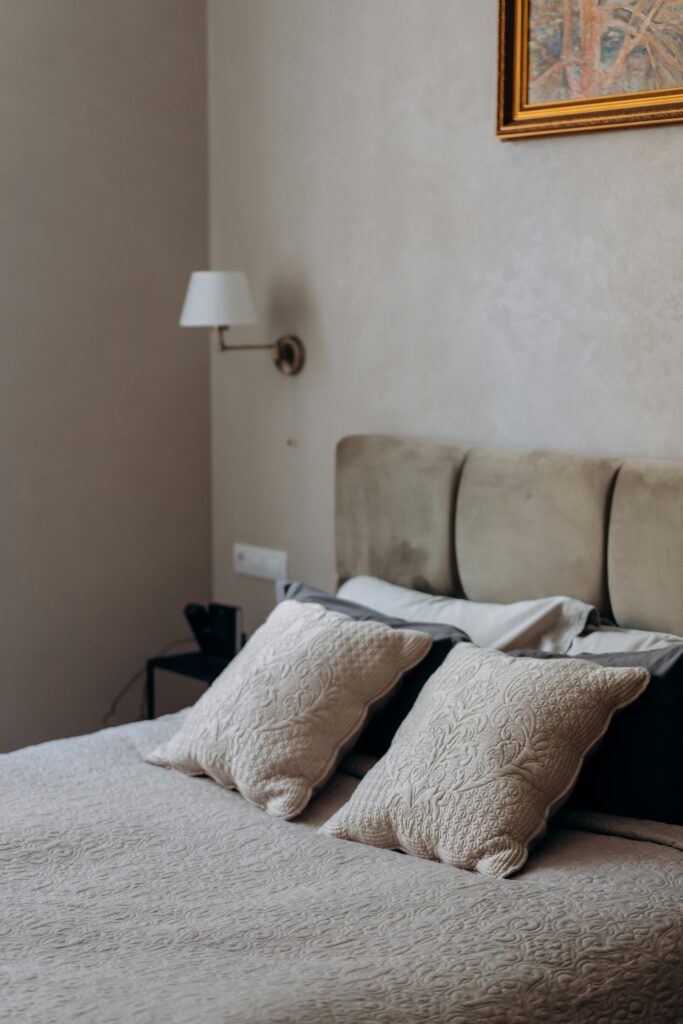

If you host online home decor classes—such as tutorials on mood board creation or renovation planning—they can serve not only to generate new client leads but also to strengthen your position as an authority on all things interior design.
You could repurpose clips from your online classes into Reels or host live sessions on Facebook, making them accessible to members of a specific Facebook group, instead of just hosting them on your website or using webinar software.
The goal is to maximize the impact of your current efforts to reach more people, boost your position as an authority in your field, and encourage people to follow and engage with your brand directly.
Final thoughts on achieving social media success as an interior designer
Succeeding on social media as an interior designer boils down to focus and strategy rather than just throwing things against the wall to see what sticks.
Start by choosing the platforms where your ideal clients hang out. This way, you’re spending your time and energy where it counts the most, instead of spreading yourself too thin.
Next, share content that your target audience will love. Think about what they need and want, and make sure your posts reflect that. This is how you get their attention and build trust.


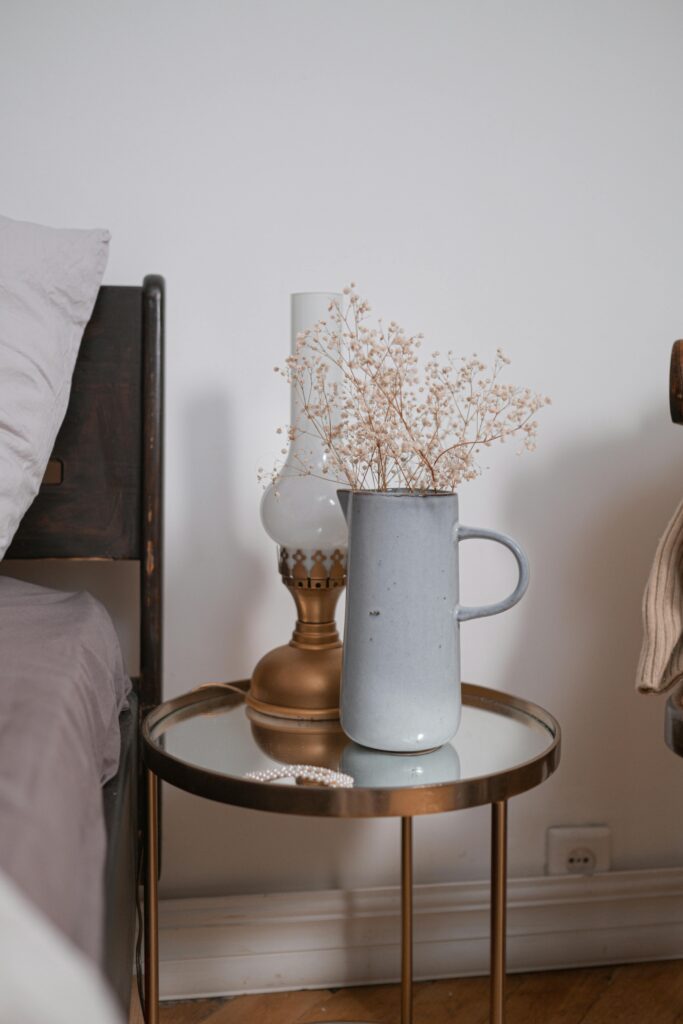
Planning your content ahead of time and using the right tools like Tailwind, Facebook Creator Studio, and Canva can make a huge difference in managing your social media presence without overwhelming your daily routine.
Don’t forget to have a clear conversion strategy. Each platform is different, so tailor your approach accordingly – whether it’s engaging through DMs on Instagram or creating eye-catching pins on Pinterest, find what works best for you on your chosen platform.
Finally, make sure your social media efforts are part of a bigger marketing plan. Integrate your profiles with other activities like email marketing or online classes to get the most out of everything you’re doing. This way, you can reach a wider audience, establish yourself as an authority, and keep your followers engaged and interested in what you have to offer.

